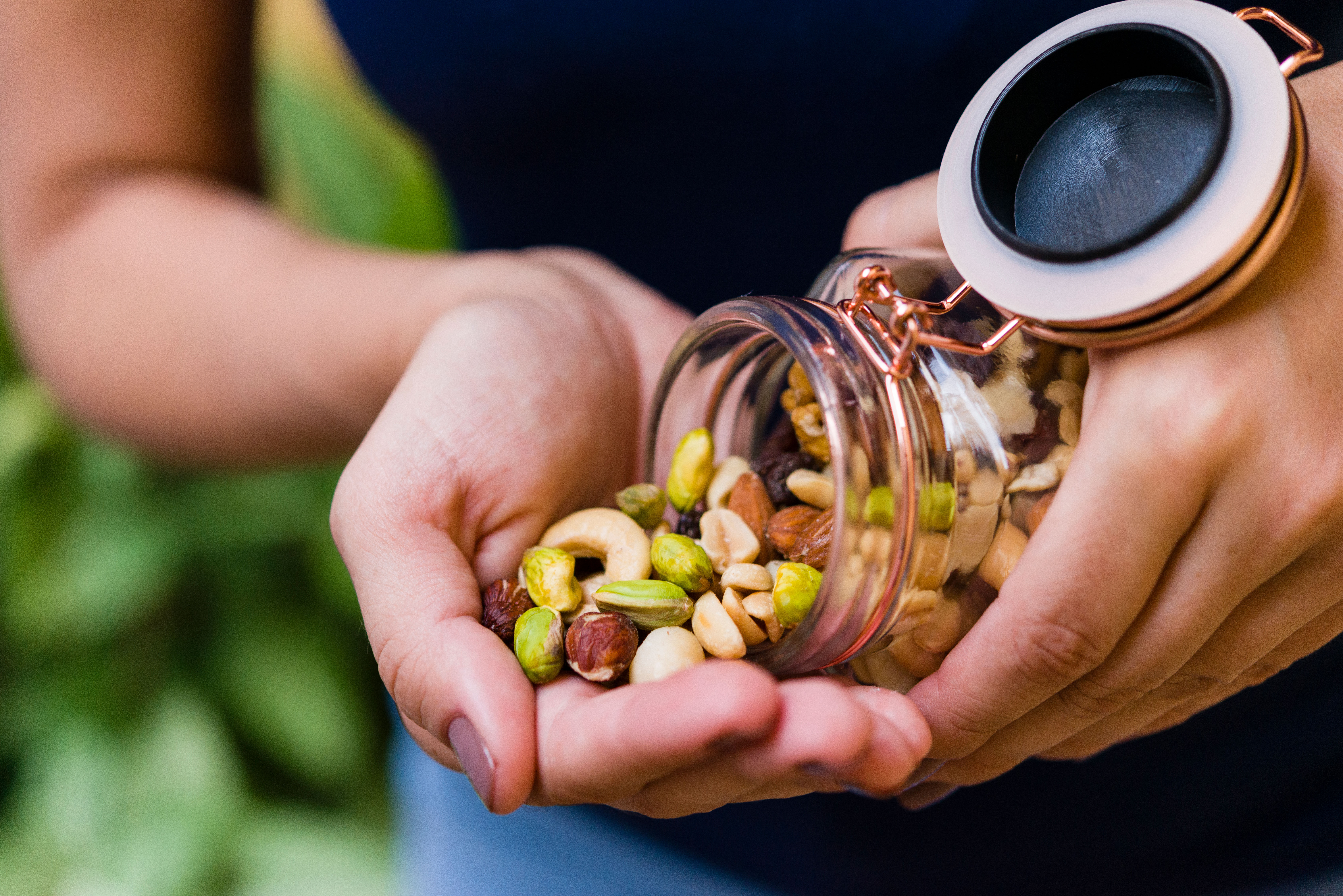
Processed foods: What does it all mean?
The terms “processed” and “ultra-processed” foods have grown in popularity in the media over the past few years, with many self-proclaimed nutrition “experts” advising you to stay away at all costs. But really, what makes something a processed food? How do we know which foods to avoid and which to consume? Ever-changing nutrition recommendations may leave you feeling confused, so let’s simplify the processed foods conversation so you can make the best health choices for yourself and your loved ones.
The NOVA system
Regarding foods, processing is a term that simply means changing the food in some way from its original state. For example, slicing an apple is technically a form of processing it. The NOVA system — a classification system developed in 2009 by a group of Brazilian researchers — is a great tool in helping you identify levels of processed foods in your diet. It assigns foods to one of four groups based on the extent and purpose of its level of processing.
These levels are:
-
Group 1: Unprocessed or minimally processed foods
-
These are foods in their natural state. Examples include eggs, meat, vegetables, fruits, nuts, etc.
-
-
Group 2: Processed culinary ingredients
-
These refer to products extracted from natural foods or via natural processes. Examples include butter, seed/nut oils, flour, etc.
-
-
Group 3: Processed foods
-
Processed foods are items with added culinary ingredients such as oil, salt, sugar, etc. and are packaged. Think group 1 foods + group 2 foods. Examples include cheese, canned meat/fish, bread, etc.
-
-
Group 4: Ultra-processed foods
-
These foods are made mostly or entirely from substances extracted from foods. They include many additives, colors, or flour enhancers and undergo extensive manufacturing techniques. Examples include soda, packaged sweets, breakfast cereals, instant soups/noodles, etc.
-
Featured Article
Risks of ultra-processed foods
Plenty of studies show an association between higher intake of Group 4 foods and poor health outcomes. Some of these include increased risk of overweight/obesity, metabolic syndrome, cancer, irritable bowel syndrome and dementia. Today, it can be very difficult to eliminate these foods completely. However, studies show that even a 10 percent reduction in consumption of ultra-processed foods can help lower your risk of health conditions that were associated with higher consumption of these foods.
Build a healthier diet
The bottom line: when it comes to consuming processed foods try to stick to a diet that includes lots of foods from Group 1, some foods from Groups 2 and 3, and limit foods in Group 4 as much as you can. Remember, even small reductions in consumption of ultra-processed foods can lead to much better health outcomes.







